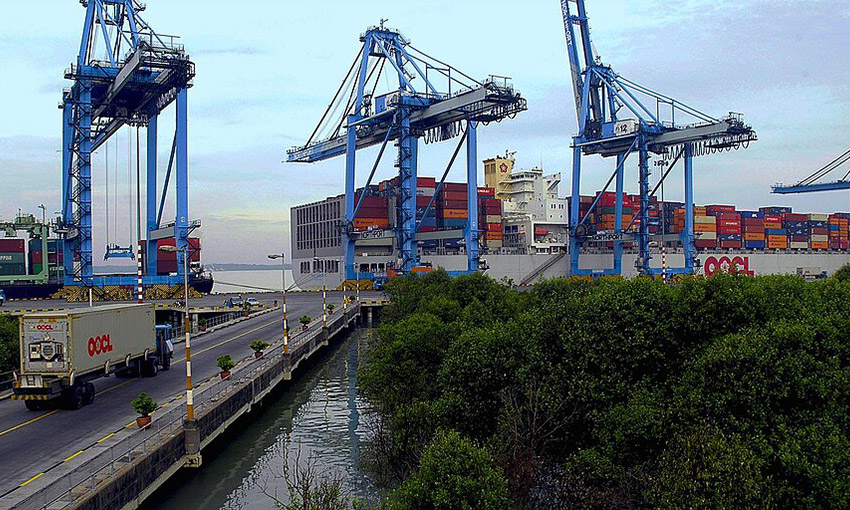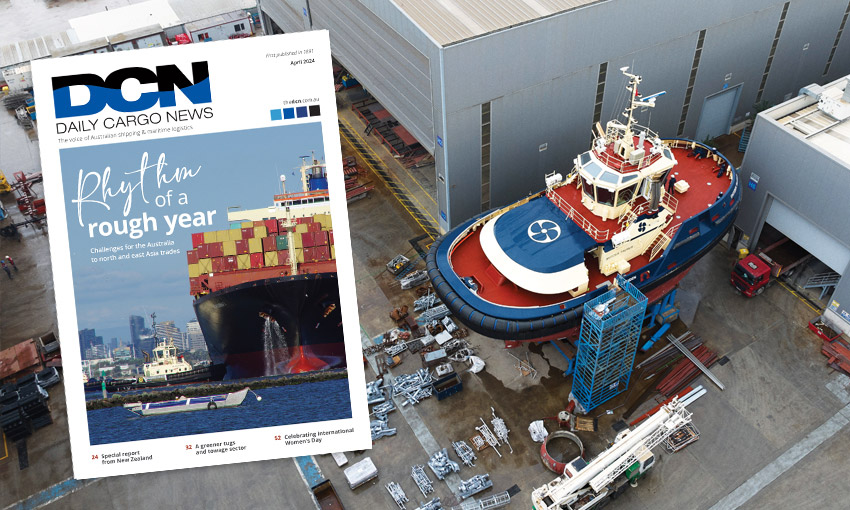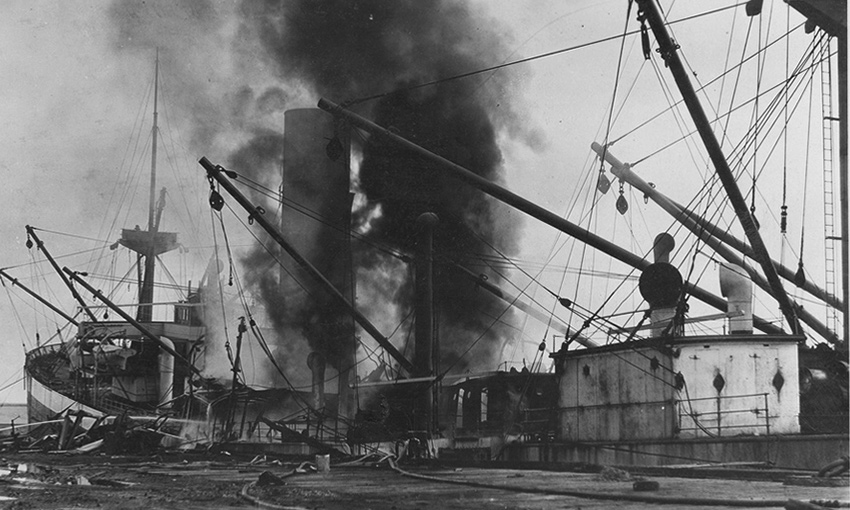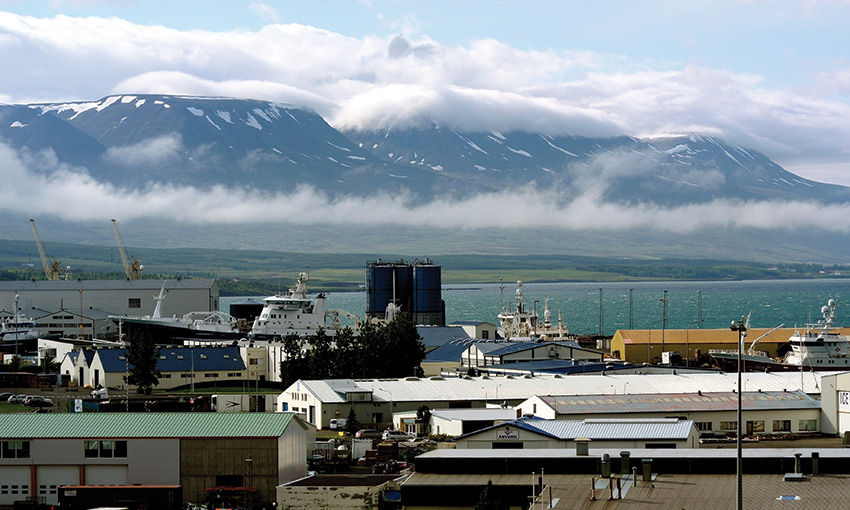MALAYSIA’S coastlines have long supported the country’s presence in the global maritime industry. Around 90% of Malaysia’s trade is transported by sea, and of that figure, around 37% of seaborne trade is carried by Malaysian-flagged vessels, according to IMO’s Marine Environment Protection of the South-East Asian Seas.
The Maritime Institute of Malaysia deals with regional, national and global maritime issues affecting Malaysia. It claims the Strait of Malacca serves nearly 80,000 ships each year.
TRADE OVERVIEW
Malaysia’s economy is one of the strongest and most diverse in Southeast Asia. Primary production is still vital to the economy; Malaysia is a major producer of rubber and palm oil. Its most valuable mineral resources are its reserves of petroleum and natural gas, which together account for a major portion of export earnings.
Australia’s diplomatic relationship with Malaysia is growing, according to the Department of Foreign Affairs and Trade. In 2021, Malaysia was Australia’s second largest trading partner among ASEAN member states and our ninth largest trading partner overall.
THE INDUSTRY LANDSCAPE
Port Klang on the Strait of Malacca is considered the country’s most important maritime gateway. Port Klang and the Port of Penang together handle a notable portion of the country’s container trade. The ports of Johor, Kuantan, Kemaman, Teluk Ewa, Malacca, Bintulu and Labuan are also important to the country’s maritime industry.
Marine Environment Protection of the South-East Asian Seas has reported that Malaysia’s merchant fleet comprises 17 dry cargo ships, 343 tankers and 352 passenger ships.
The country’s Maritime Industrial Control Division, set up by Marine Department of Malaysia (MARDEP), is tasked with port state control functions. MARDEP oversees ship registration and aims to ensure all Malaysian-flagged vessels comply with regulations on maritime safety, security and environmental protection.
MARITIME CHALLENGES
As the shortest sea route between India and China, the Strait of Malacca is one of the busiest shipping lanes in the world. Maritime risk intelligence company Dryad Global notes roughly a quarter of all oil transported by sea passes through the narrow waterway, and any blockade of the strait would cut China off from its Middle Eastern energy supplies and from raw materials in Africa.
Piracy is an ongoing threat in the Strait of Malacca, one which the Malaysian government says it is working to combat.
Piracy incidents in the strait have increased this year, according to West P&I club. It said the rise of piracy not only threatens the safety of crew, but also creates a risk of higher mitigation operational costs for shipping companies transiting the strait, increasing the cost of transporting goods and negatively impacting regional trade.
This article appeared in the June 2023 edition of DCN Magazine





